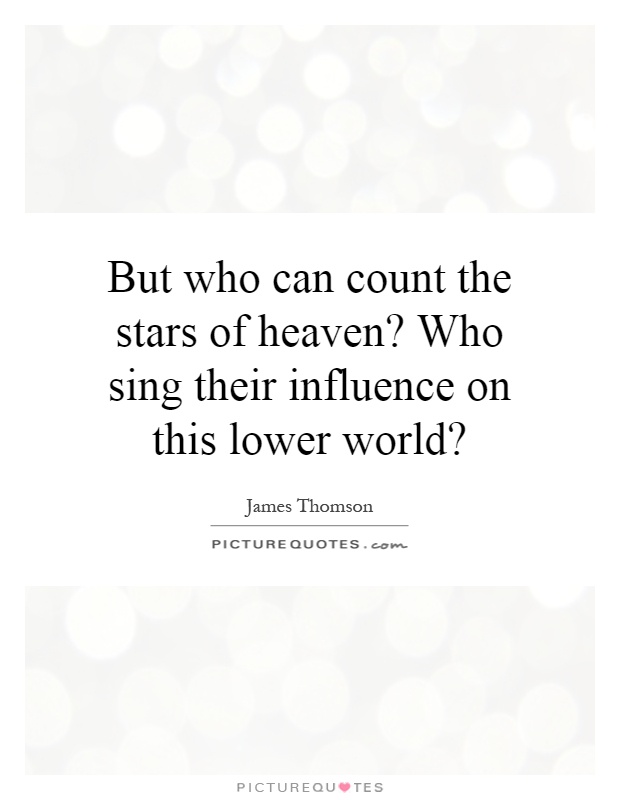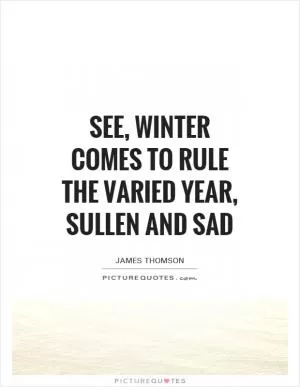But who can count the stars of heaven? Who sing their influence on this lower world?

But who can count the stars of heaven? Who sing their influence on this lower world?
James Thomson, the 18th-century Scottish poet, was known for his deep connection to nature and his ability to capture the beauty and wonder of the natural world in his poetry. In his famous work, "The Seasons," Thomson explores the changing landscapes and cycles of nature, celebrating the beauty and power of the natural world.In the line, "But who can count the stars of heaven? Who sing their influence on this lower world?" Thomson reflects on the vastness and mystery of the universe, particularly the stars in the night sky. The stars have long been a source of fascination and wonder for humanity, inspiring countless myths, legends, and works of art. Thomson's question highlights the impossibility of truly comprehending the sheer number of stars in the sky, as well as the profound impact they have on the world below.
Thomson's reference to the influence of the stars on the lower world speaks to the idea of interconnectedness and the belief that everything in the universe is connected in some way. In many cultures and belief systems, the stars are seen as symbols of guidance, destiny, and cosmic order. The movements and positions of the stars are thought to have a direct influence on the events and experiences of human life.
Thomson's contemplation of the stars also reflects his broader interest in the natural world and the interconnectedness of all living things. Throughout "The Seasons," Thomson celebrates the beauty and diversity of the natural world, from the changing seasons to the intricate ecosystems of plants and animals. He recognizes the importance of preserving and protecting the environment, and his poetry serves as a reminder of the fragility and beauty of the world around us.












 Friendship Quotes
Friendship Quotes Love Quotes
Love Quotes Life Quotes
Life Quotes Funny Quotes
Funny Quotes Motivational Quotes
Motivational Quotes Inspirational Quotes
Inspirational Quotes